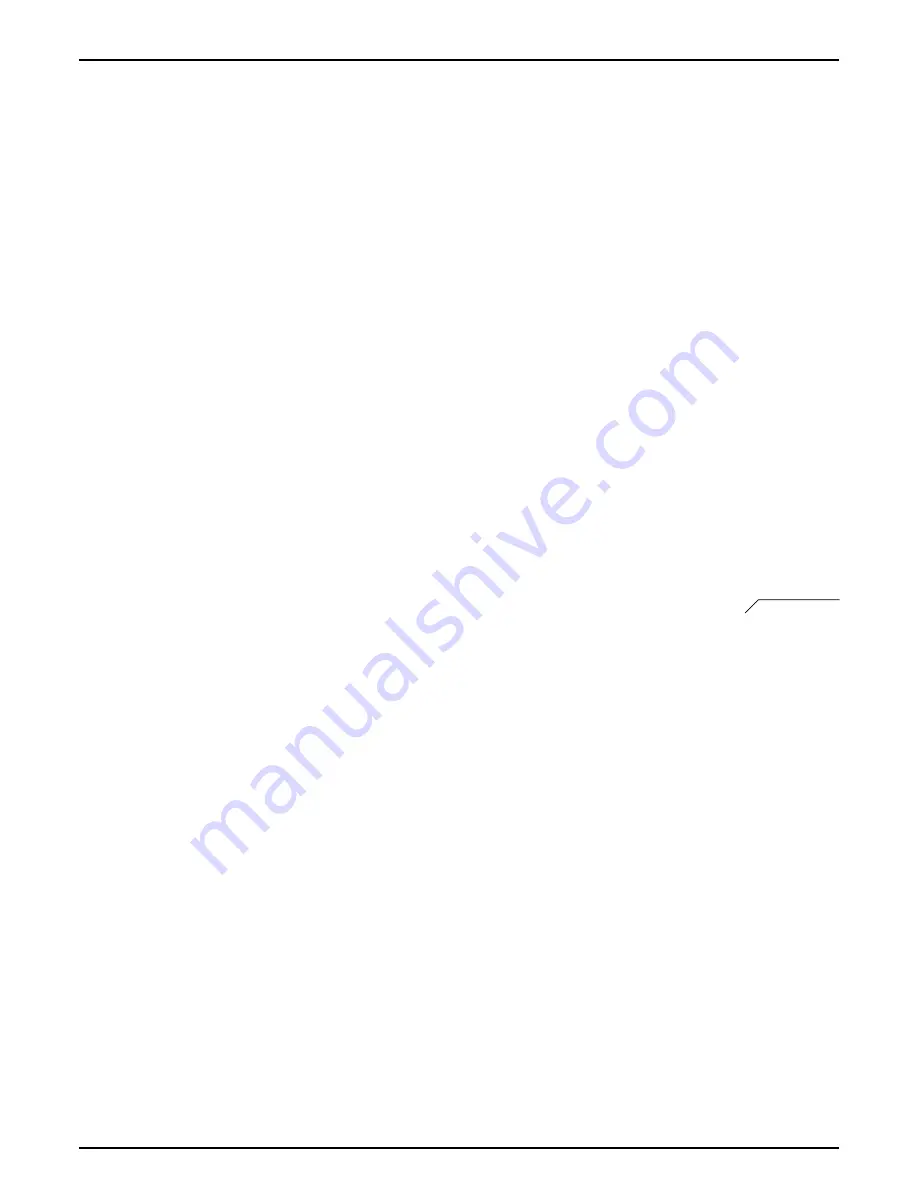
CHORD:
Saving the Arpeggiator - Settings:
Free-programmable-arpeggiator-pattern:
With the chord-trigger the chords won’t be taken apart but rhythmical touched.
If you for instance play a good old chord of the 70’s the arpeggiator will strike
this chord over and over again. For this function please use a sound with a fast
attack time and a reduced release-time in the VCA-Envelope Generator so the
produced effect will be absolutely clear.
By using the Value/Tempo-wheel you can select the GATER or the CHORD-Trigger functions. The
following settings work for both functions the in same way:
Turn on the arpeggiator and play a chord on the keyboard. If the sequencer is stopped now you can hear
the above mentioned effect with a given rhythm in the chosen tempo. Now please select page 2 of the
arpeggiator-menu:
If the given rhythm-pattern is to boring for you just choose any sequence-pattern on this menu-page to
get your favorite rhythm. In order to do so you need to select a pattern where at least has one track has a
motif on. This shouldn’t be a problem with the more than 100 ROM-pattern of the Sirius. If you now start
the SIRIUS and play a chord you should be able to hear the influence of the rhythm track on the chord
you play.
All the discussed parameter of the arpeggiator will be stored for every different sound. Meaning, if you
want to keep a setting you also need to store a sound. In order to do so, please select in the Write-menu
the menu-page 1 „Store Synth 1?”.
As soon as you select one of the free-programmable arpeggiator-pattern 1-9 (Edit-menu Motion: Mot 1-
Mot9) as replay-direction the arpeggiator-menu will get additional menu-pages. Before you go into
programming we will give you an idea of how it works:
the free-programmable motions separate a complete arpeggiator -pattern into 2-32 steps. The note-
value of one step corresponds exactly with the punched in resolution-value. Is it on 16 the arpeggiator
plays back 16th notes (semiquavers). If you punch in 16 steps as a pattern-length the length of the whole
beat corresponds to the length of the whole pattern. For each of these steps you can decide as follows:
1.)
Which of the maximum 8 notes of the note-pool should be released on the selected
step-number. Here maximum 8 notes at the time could be punched in.
2.)
What should be the velocity these notes should be played with.
3.)
What should be the GATE-time these notes should be played with.
4.)
Should this step be pulled up or delayed? This possibility works for programming especially
groovy arpeggiator pattern.
Edit Arpeggiator
<2> Trig:
Kick
The Arpeggiator
65
Siehe Seite 29, 34
“Abspeichern von
Sounds”
















































